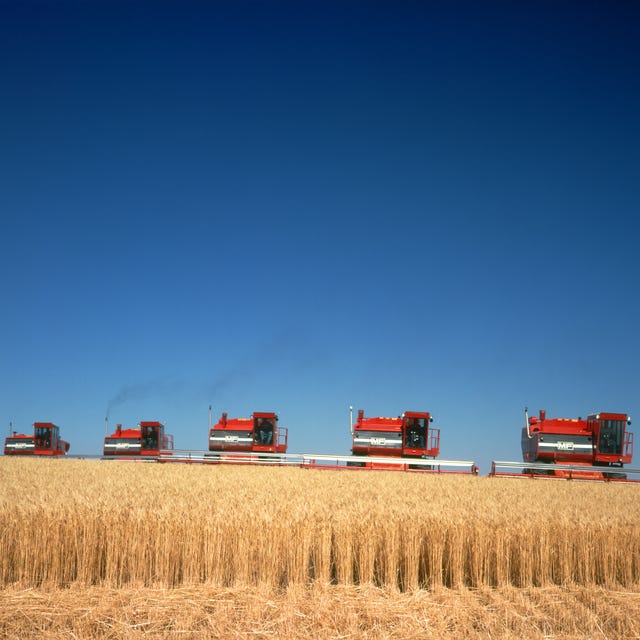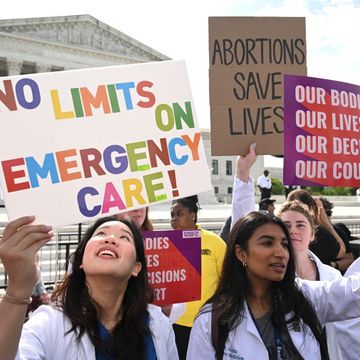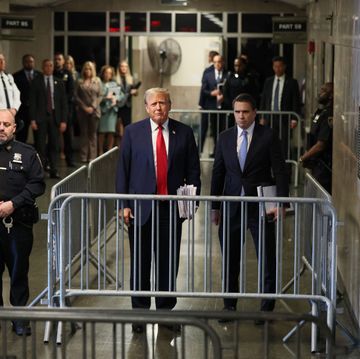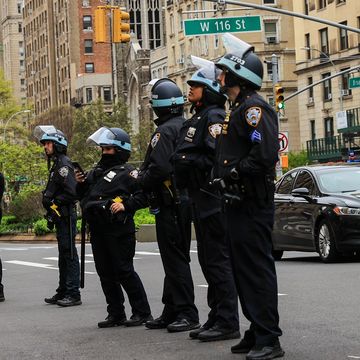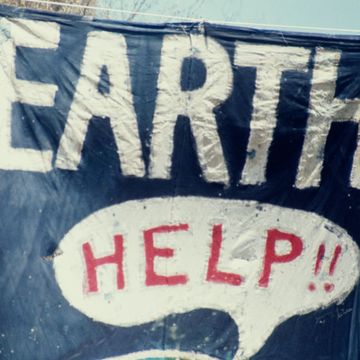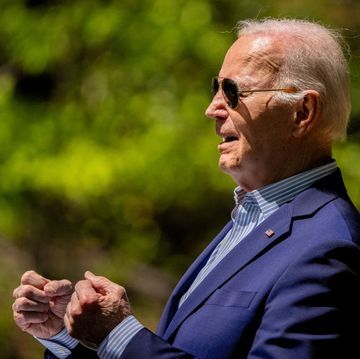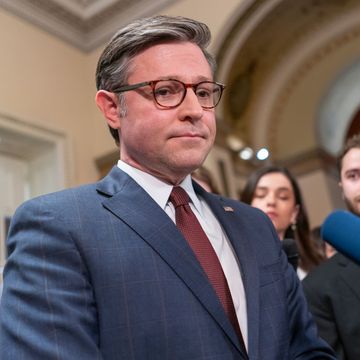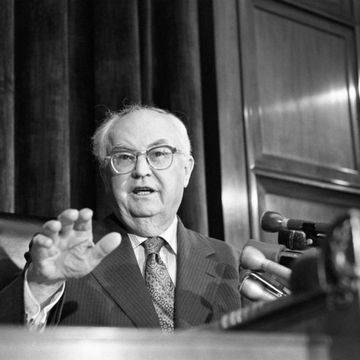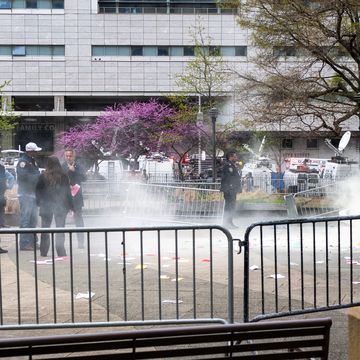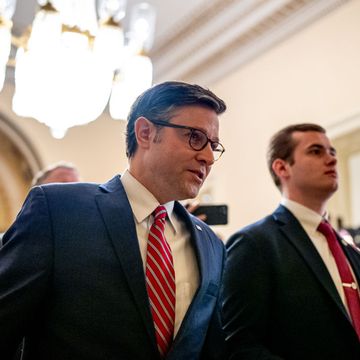About 8,400 people live in the county, down 26.8 percent over the last 40 years. With fewer taxpayers, farmers who own hundreds of acres must shoulder the cost of schools, roads and other public services. After paying for necessities like fertilizer, seed and pesticides, Jeff must cover a $15,965.68 property tax bill. Nebraska’s agricultural land property taxes are 46 percent higher than the national average, according to a 2019 report by the University of Nebraska, Lincoln, and most farmers pay 50 to 60 percent of their net income in taxes. Sixty percent of Nebraska property taxes pay for schools.
This is from a New York Times piece on a Nebraska farm that has been worked by one family for a century and a half, and why it's better-than-even odds they won’t own it for another five years. There is so much lined up against family farms anyway, as well as the added pressures brought on them as a consequence of the climate crisis, that it seems almost unkind to point out what a bass-ackwards method of running a rural state’s economy this is.
The star of the piece is Ethan Uhlir, the 17-year-old heir apparent to the Uhlir family farm. He works with the cattle on the farm and he loves it. He also works as a cashier at a local grocery store, and also works part-time at the salon where his mom works. His high school is in a small town and practically nobody goes to school there. Ethan has two lockers. His biggest class has eight students in it. At the high school, there is one teacher for every six students, a ratio that ordinarily would be a cause for celebration, but is not because all it means is that practically nobody goes to school there. But Ethan’s family is still paying almost 16-grand in property taxes, 60 percent of which goes to schools. But he sees his future elsewhere.
Next fall, Ethan hopes to pursue an associate degree in nursing. “I don’t think that I would be able to financially support myself just living off the farm,” he said. On a crisp, bright afternoon in early October, Ethan watched his father weld their broken 1980s combine harvester head, which cuts and threshes corn.
All the Uhlirs see the future, and all they see is somewhere else down the road.
Ethan had once hoped to be named the Future Farmers of America’s “Star Farmer,” just like his grandfather Arden in 1960. During the 1980s farm crisis, Arden nearly lost the farm. He took on debt and worked to pay it off up until the last few years of his life. His wife, Karen, worked for 16 years in an Alzheimer’s unit at an assisted-living facility in Verdigre. “They never went to the dentist. They couldn’t afford to,” Jeff said. “They never went on vacation. They never spent any money on each other.”
“I’d love to be able to buy land close to me and expand what I do, but there ain’t no way at 51 years old,” he said. “I’d have to live to 160 to be able to pay it off.” Jeff’s financial situation is worse than previous generations, he said. “Every year, the property valuations get higher and everything else don’t keep up.” The family has farmed the land for 151 years, he said. “How do I sell it?”
Jeff, Ethan’s father, has played by the rules. He has trusted the system. He has testified before the state legislature about the crippling property taxes and the obsolete way the value of his land is calculated. He has seen the climate crisis close up—in his short, withered cornstalks and tiny soybeans. Nebraska’s governor, a rich blow-in named Pete Ricketts, doesn’t believe in the climate crisis and is beholden to some real nutballs for his stance on the issue.
You can send 100 reporters out to 100 diners in Ohio and not get anything about the state of the country that is more eloquent than what you hear from this one farm family in Nebraska. Or from one 17-year-old boy who carries history with him the way you’re supposed to carry it.
When Ethan takes over from Jeff, he will probably continue to work in a health care facility an hour or two away. To cover the property taxes, he might rent the land to another farmer or take part in the federal Conservation Reserve Program, which rents farmland for environmental restoration. “It’s been in the name this long,” Ethan said. “I don’t want to be the weak link and lose it.”
The same can be said of the whole country, and us.

Charles P Pierce is the author of four books, most recently Idiot America, and has been a working journalist since 1976. He lives near Boston and has three children.
